Système T
Turborama
System T explores the materiality of invisible spaces, the interstices of our dwellings. Polypropylene plastic sleeves are mainly used to protect cables from the electronics they house. This cheap, recyclable material is shock and weather-resistant, and found almost everywhere in the world. It proliferates in what we might call the “the Undercommons”* – between the walls and partitions of houses, under floors and city sidewalks, in subway tunnels, between earth and concrete, sand and tar. The sleeves were decomposed and reassembled by hand using a bead-weaving technique. This process of slow, artisanal implementation attempts to invert the logic of growth, to linger on the present to reorganise and reconfigure it. This narration of space, like a transformation of the built environment, renews and preserves what exists while considering the possibilities of material resistance. The updated technique requires no machinery, only a few low-tech tools depending on the demands of the project at hand. Infinite variations of colour patterns, formats and densities spring forth, tailor-made and composed with the déjà-la – what’s already there.
System T suggests an alternative to the consumption of materials and industrial standardisation, opening up the possibility of multiple personal appropriations. By revealing the layers and structures within homes, the project interrogates the devices that separate the private from the exterior and the hidden from the visible, echoing what makes up our own privacy needs.
From this research emerged Turborama, a partition that unfolds like a curtain, functional indoors and outdoors (if used to separate spaces or as a filtering screen). The change in scale inherent in replacing beads with construction material allows for projection from a bodily level and jewellery-making to an architectural one.
*“The Undercommons” is a term borrowed from Stephano Harney and Fred Moten’s 2022 book The Undercommons: Fugitive Planning & Black Study.
It was guided by the utopias of sociologist Yona Friedman as well as the radical vision of Ivan Illich, who makes a distinction between ‘being housed’ and ‘living in’; I was inspired by so-called vernacular* practices while studying the different typologies of lightweight, mobile architectural elements that offer protection from the sun and tame light.
The window becomes the point of intersection between inside and outside, connecting the public to the private. I removed this element from its context to the point of rendering it autonomous before adding opening and ballast systems to multiply the contexts in which it might be used. Through this displacement, I interrogate the domestic object's narrative scope and significance. The ornamentation – with the checkerboard pattern used as a universal and common language, a power of orchestration – here acts as a harmonising and balancing principle.
System T returns to textile’s anthropological nature, which reflects humanity’s history while illustrating the social dimensions of work. The blind or store comes from the Latin storea, meaning mat: a straw fabric, made from rush or reeds, used to cover floorboards or cover bedroom walls. For theoretician Gottfried Semper, architecture began with textiles rather than brick walls. It is thus that these lightweight, woven elements indicate that architecture was born first and foremost through climate considerations.
*By ‘vernacular’ I mean traditional inherited architecture inscribed within a continuum, an evolving process. Outside influences and the evolution of people’s needs modify this process, transforming it little by little.
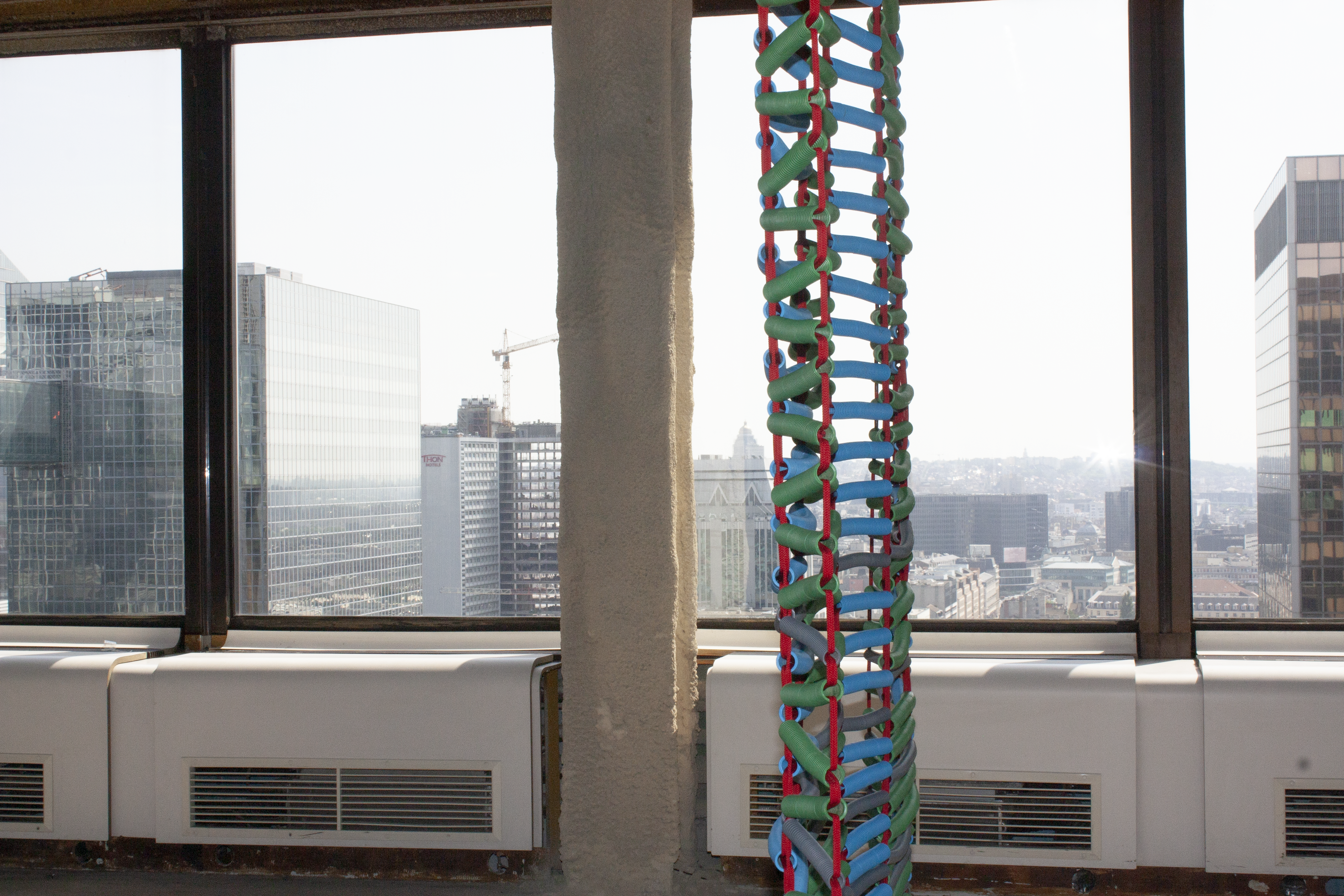
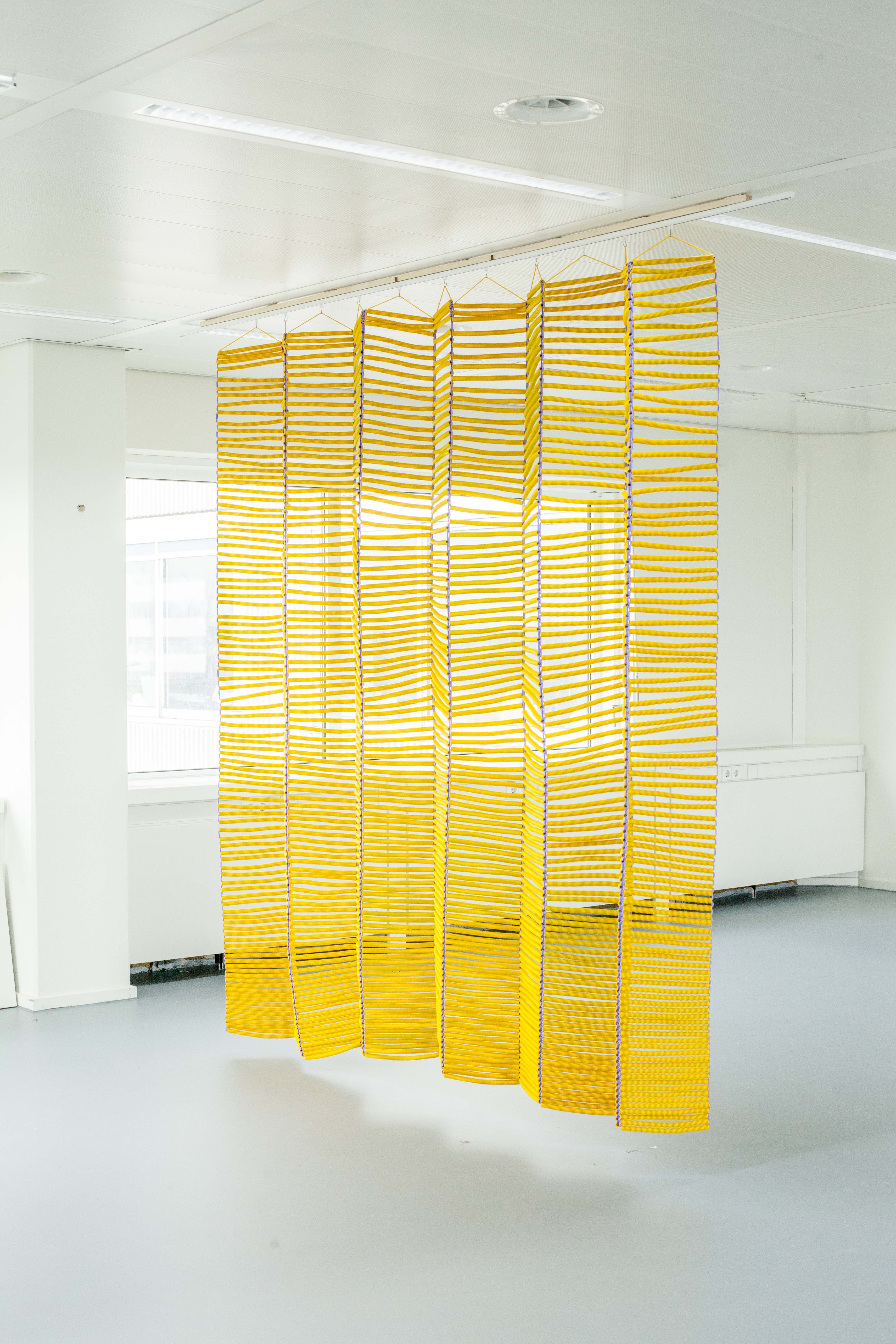

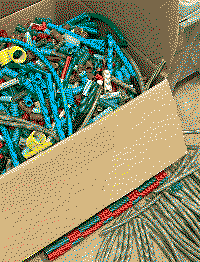
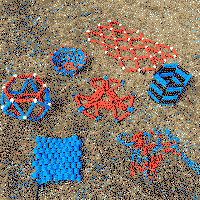

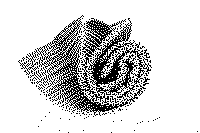
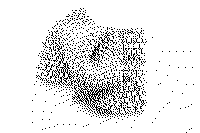
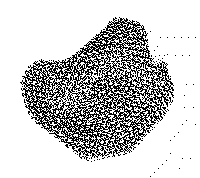

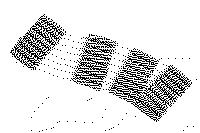
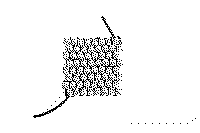
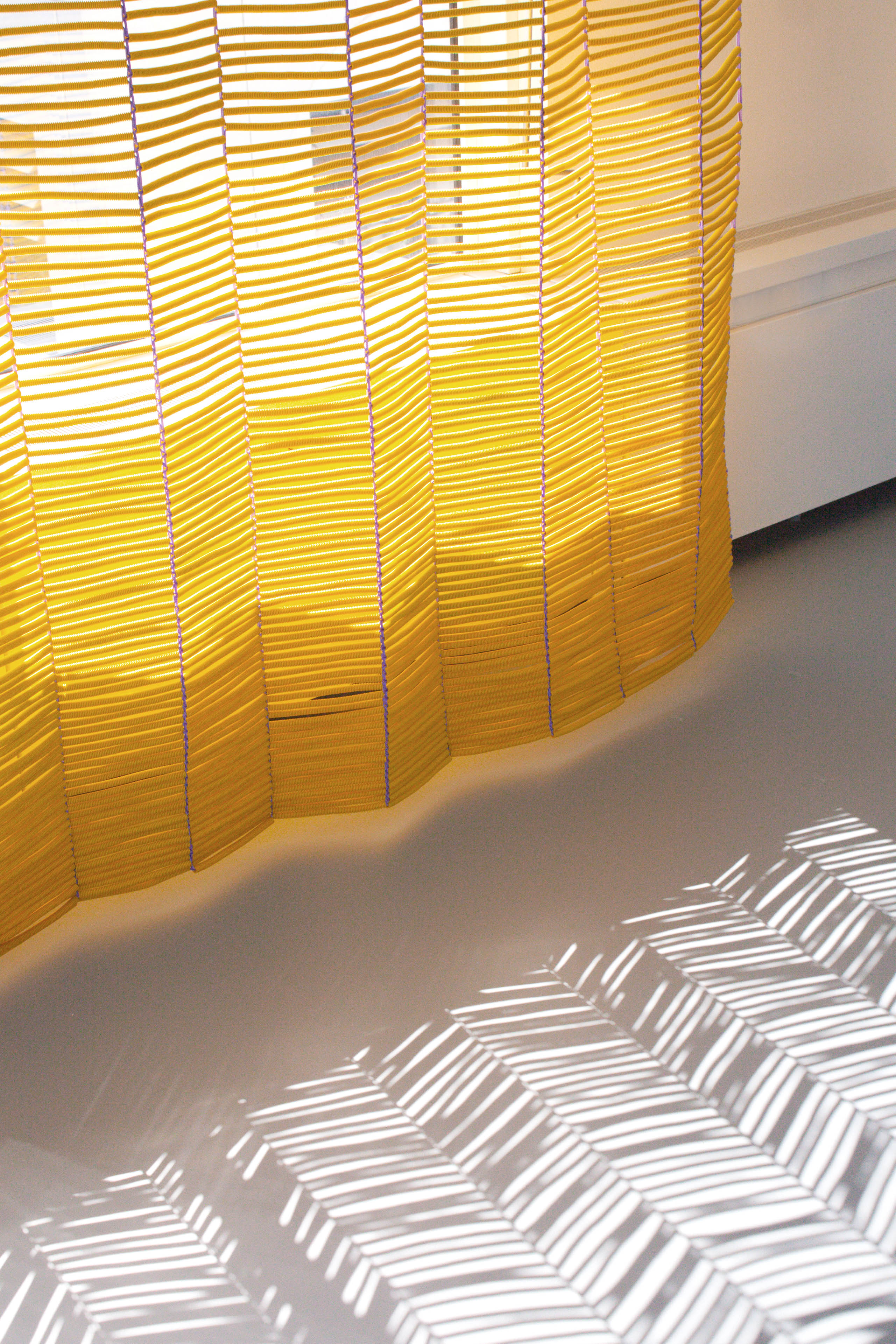
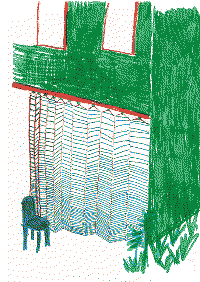
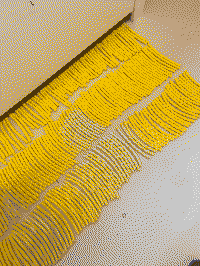
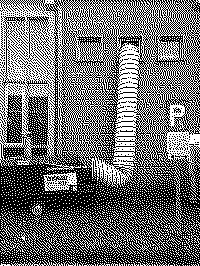
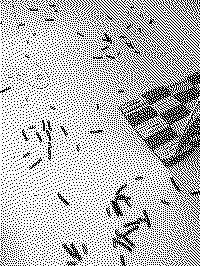
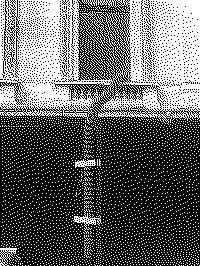
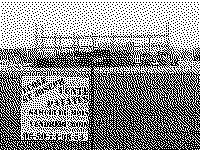
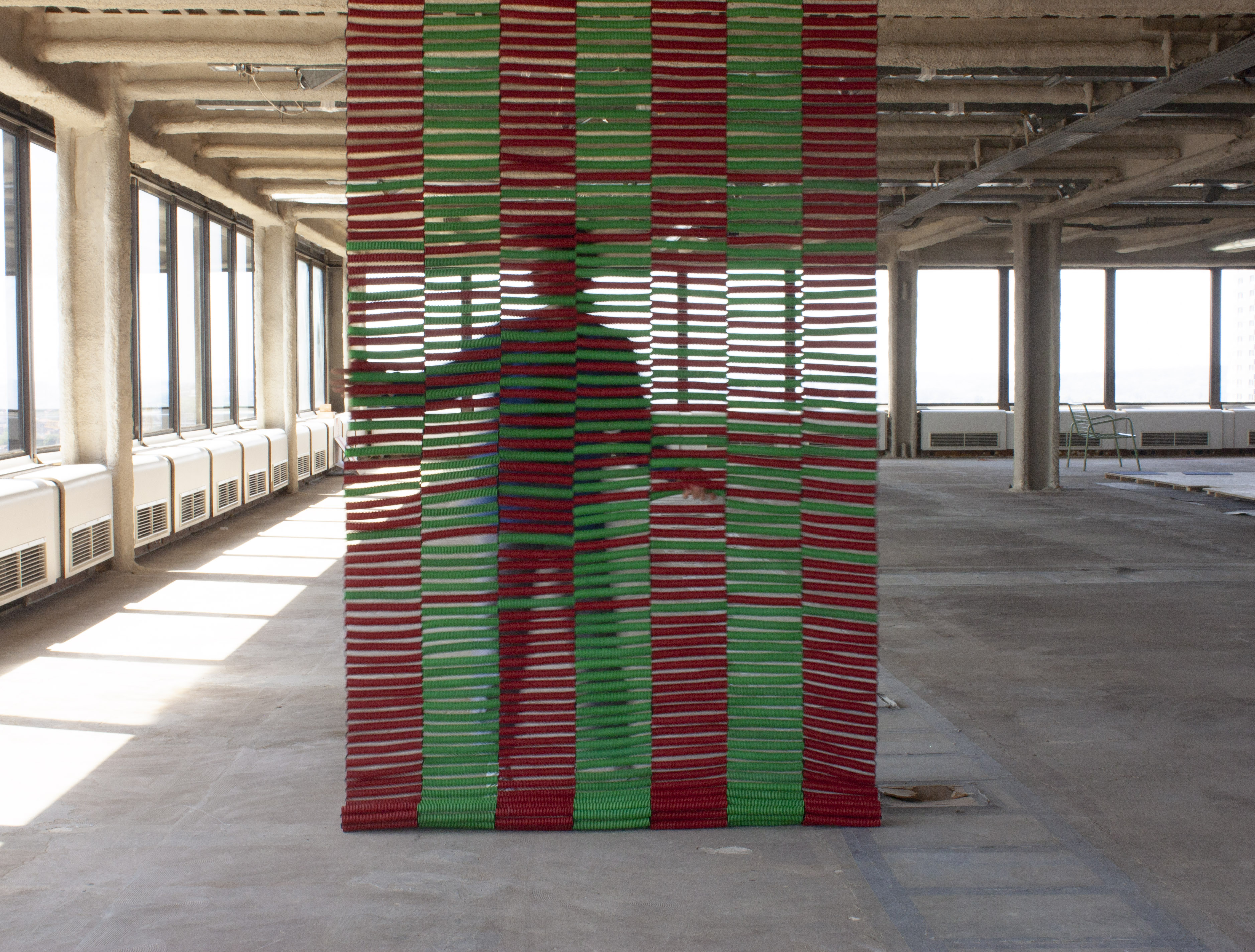
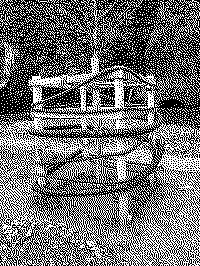

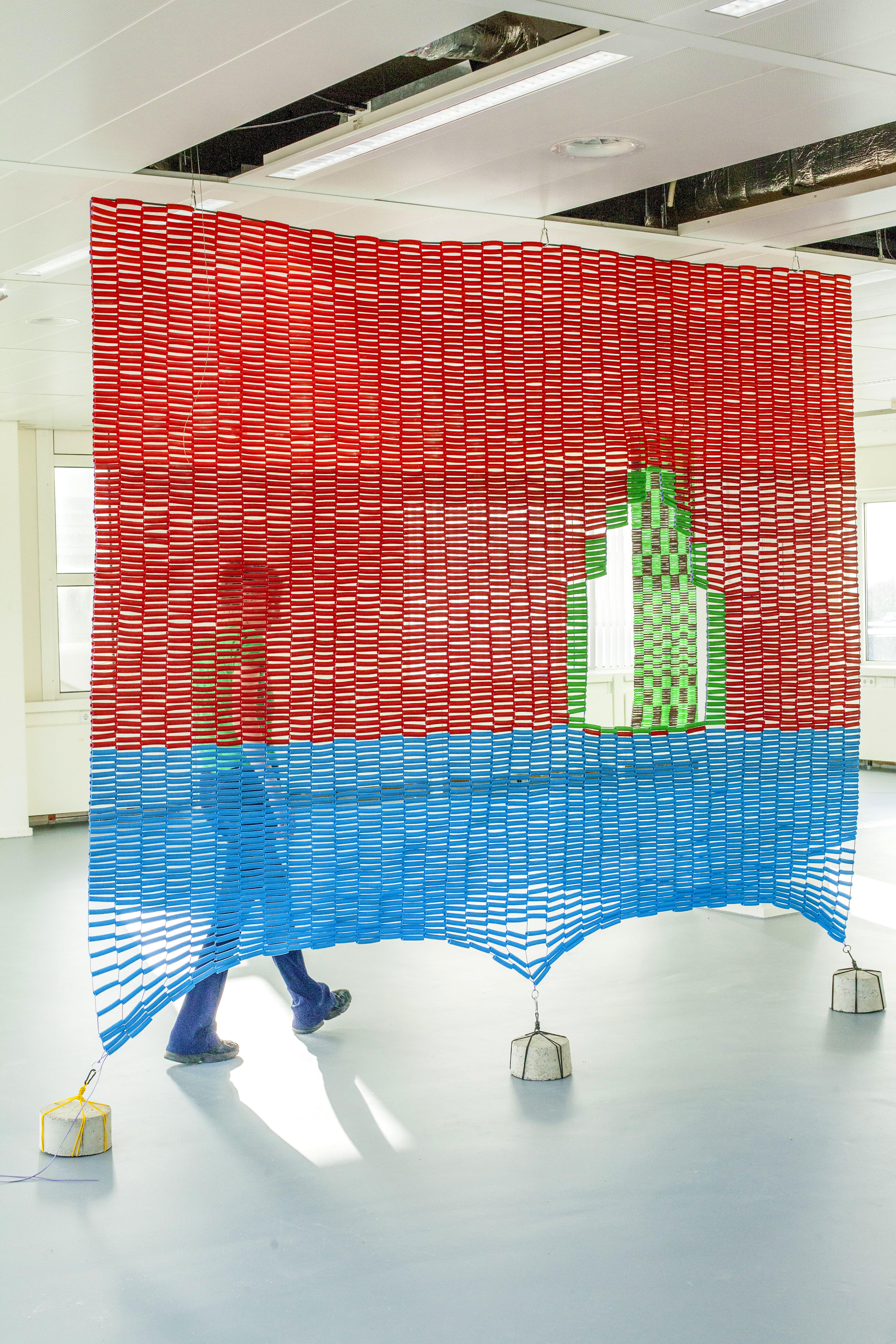
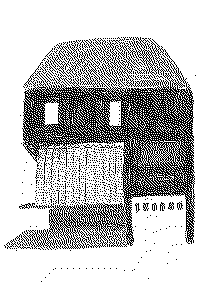
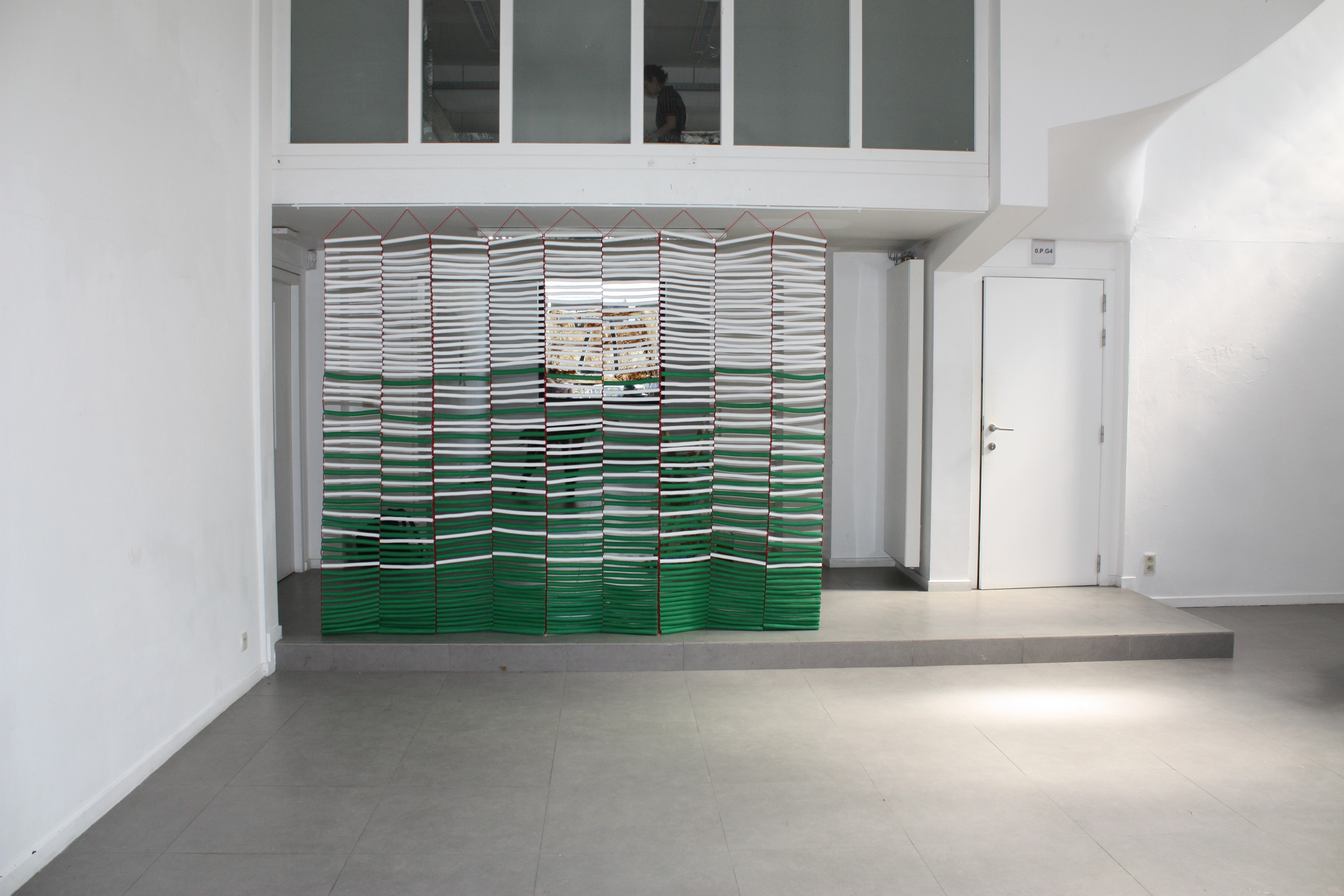

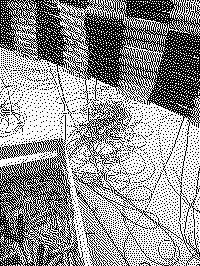
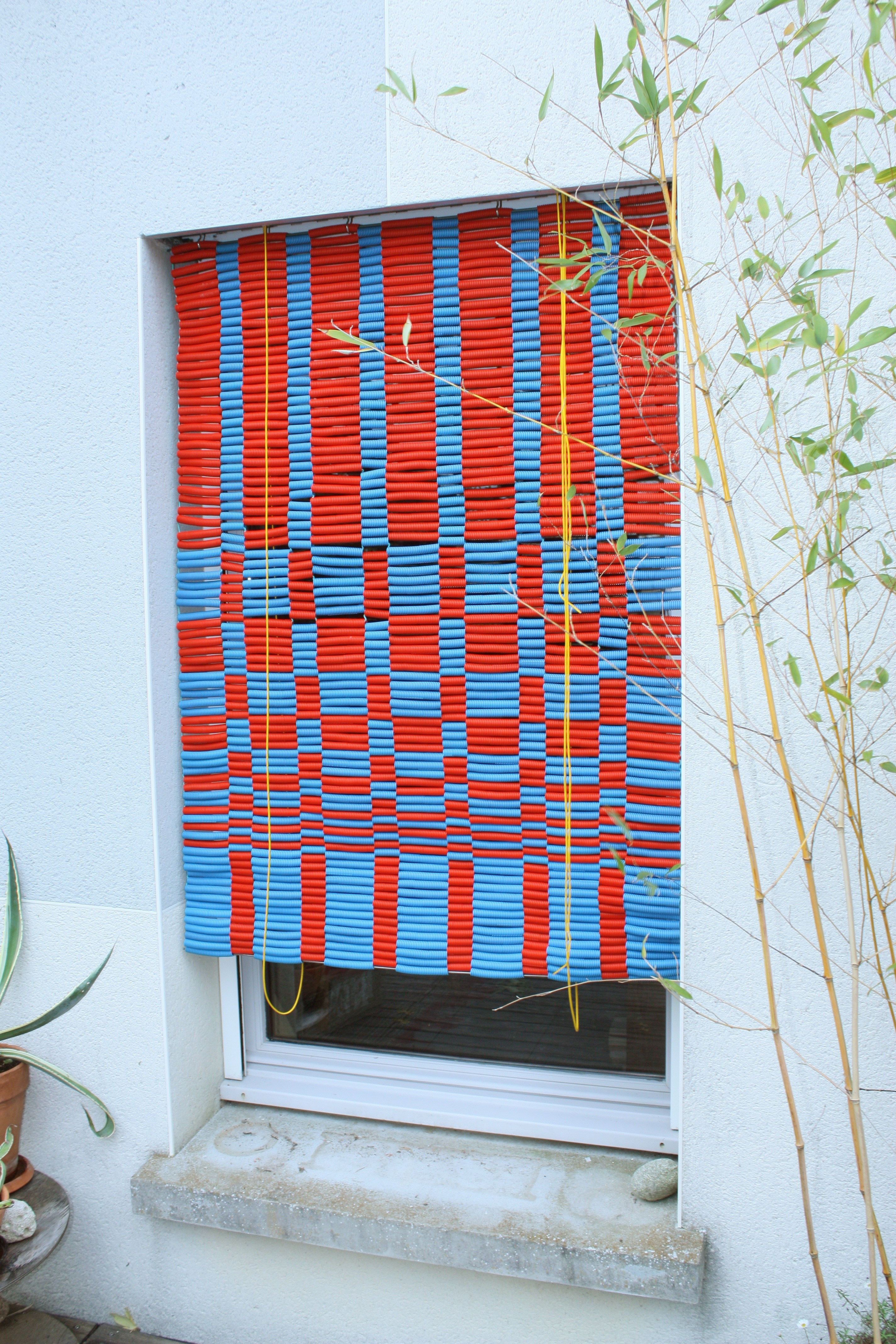
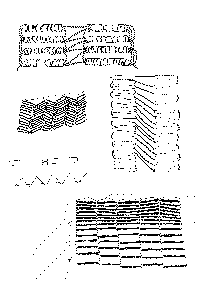
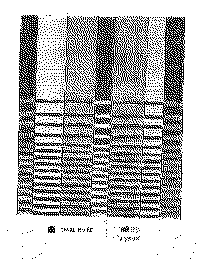


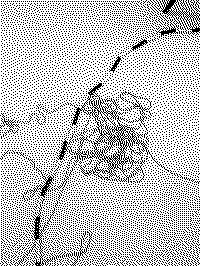
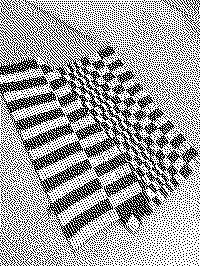

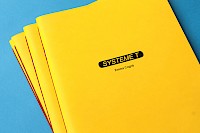

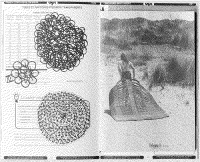
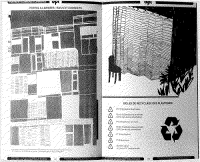
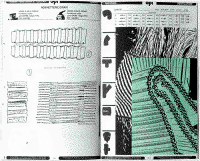
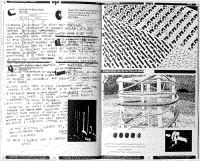

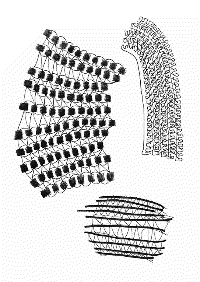
- Experimentation of Different Walls at WTC, North District of Brussels
- Turborama No. 6 ICTA 16 mm braided polyester rope 275 x 250 cm © Benoît Jacquemin
- Overview of the Booth at Maison & Objet Fair, Rising Talent Award in January 2024 © Anne-Emmanuelle Thion
- Turborama No. 6, 2021 Polypropylene, recycled polyester 250 x 275 cm © Benoît Jacquemin
- Turborama No. 2 Installation and experimentation in the dismantled tower of WTC in the north district of Brussels.
- Turborama with a View, 2021 300 x 250 cm ICTA 16mm, polypropylene, elastane, concrete & carabiners © Benoît Jacquemin
- Turborama No. 1 300 x 250 cm ICTA 25mm sheathing Coreless braided rope
- 25 kg Weight Concrete with Macramé Hanging System and Carabiner experimented at Startwell Building
- Twin No. 1, Checkerboard Detail Displayed in the window of a family home in Chalonnes sur Loire © Seal Ceada
- Twin No. 1 100 x 140 cm ICTA 16mm leftover ropes elastane © Seal Ceada
- Edition System T Collaboration with the artist and graphic designer Léa Beaubois A4, risography & newspaper impressions, 58 pages Printed at Nadine, laboratory for contemporary art with the support of MAD Brussels fashion & design platform
- Twin Window Blinds No. 3 & No. 4 Installation in a real estate developer's building in Amsterdam